Arrondissements of Paris, France
Know about Paris with this article giving the solo traveller or couple confidence when exploring the city on foot or on the metro. A small group tour of Paris mature and senior travellers explore off the beaten track, great galleries such as Marmottan, Musee Maillol.
6 Apr 20 · 9 mins read

Quick guide to the arrondissements of Paris, France
Locals know that Paris is a city of neighbourhoods. Parisians are fiercely loyal to their area of choice, shopping and dining locally at markets, restaurants, and wine bars, and rarely leaving their home turf.
If you’re planning to make a tour of Paris, it’s helpful to understand the system of arrondissements, which divides the municipality of Paris into twenty districts. This article is intended as a quick guide to each arrondissement, intended as background reading for our intensive city tour, 21 Days in Paris.
One of our popular long stay tours, this sightseeing tour is designed for travellers who want an in-depth experience of the ‘city of light’, living like Parisians in a self-catered apartment, learning about the city’s art, literature, fashion and history from our tour guide, while giving you plenty of opportunity to explore on your own. While you’re probably familiar with the big sights – the Louvre Museum, the Palace of Versailles, and the Eiffel Tower – perhaps this article will inspire you to make a day tour to one of the lesser known areas of the French capital.
Odyssey Traveller has been serving global travellers since 1983, and offering our distinctive long stays since 2012. Our tours are tailor-made for mature and senior travellers who seek an informed experience of their destination. We travel in small groups, generally between 6-12, led by an expert tour director. If you’re interested in meeting like-minded people and learning as you travel, an Odyssey guided tour is likely for you!
Click here for more information on our tours in Paris and France.
History of the arrondissements:
The system of arrondissements dates back to the French Revolution, when, seeking a rational system of administration, the revolutionary government divided the city into twelve arrondissements in 1795. The remaining eight arrondissements were added in 1860, as the municipality of Paris incorporated what were then outlying towns and suburbs.
Bear in mind that arrondissement does not necessarily translate to ‘neighbourhood’ – each arrondissement contains several traditional neighbourhoods, such as Montmartre or St Germain des Pres, and some neighbourhoods, such as Le Marais, cross the boundaries of the arrondissements.
Note, too, that the twenty classic arrondissements are not the extent of Paris. The surrounding suburbs of the Île-de-France are home to around 10 million of Paris‘s over 12 million inhabitants. Many of the biggest Paris sightseeing draws, including the UNESCO World Heritage listed Versailles Palace and Park (including Marie Antoinette’s Hamlet), are located in the surrounding suburban districts, accessible by bus tour or commuter rail.
The arrondissements spiral clockwise out from the centre of Paris in a shape rather like a snail, beginning with the 1st (or 1e) and ending with the 20th (or 20e). Each has its own personality and character, making a basic understanding of the system useful for your stay in Paris.
In this article, we’ll provide a brief summary of each arrondissement, and point to some of the key sites in each to see on your trip to Paris.

1er arrondissement:
The first arrondissement is the ancient heart of Paris, ideal for a historic walking tour. The west end of the Seine island, the Île de la Cité, was the centre of the Roman city of Lutetia, while Les Halles – once the main food market of the city, now an underground mall – dates back to the Middle Ages. Though little of the medieval city remains, the 1er arrondissement is home to many of Paris’s biggest draws, including the Louvre, the Jardin des Tuileries (Tuileries Gardens), and the etherial stained-glass of Sainte Chapelle. For window into daily life in Paris, head to Rue Montorgueil, a street lined with restaurants, cafes, bakeries, cheese-sellers, produce stands and florists, where locals gather to do their daily shop; while the Rue de Rivoli (stretching into the 4e arrondissement) is one of Paris’s major shopping strips.
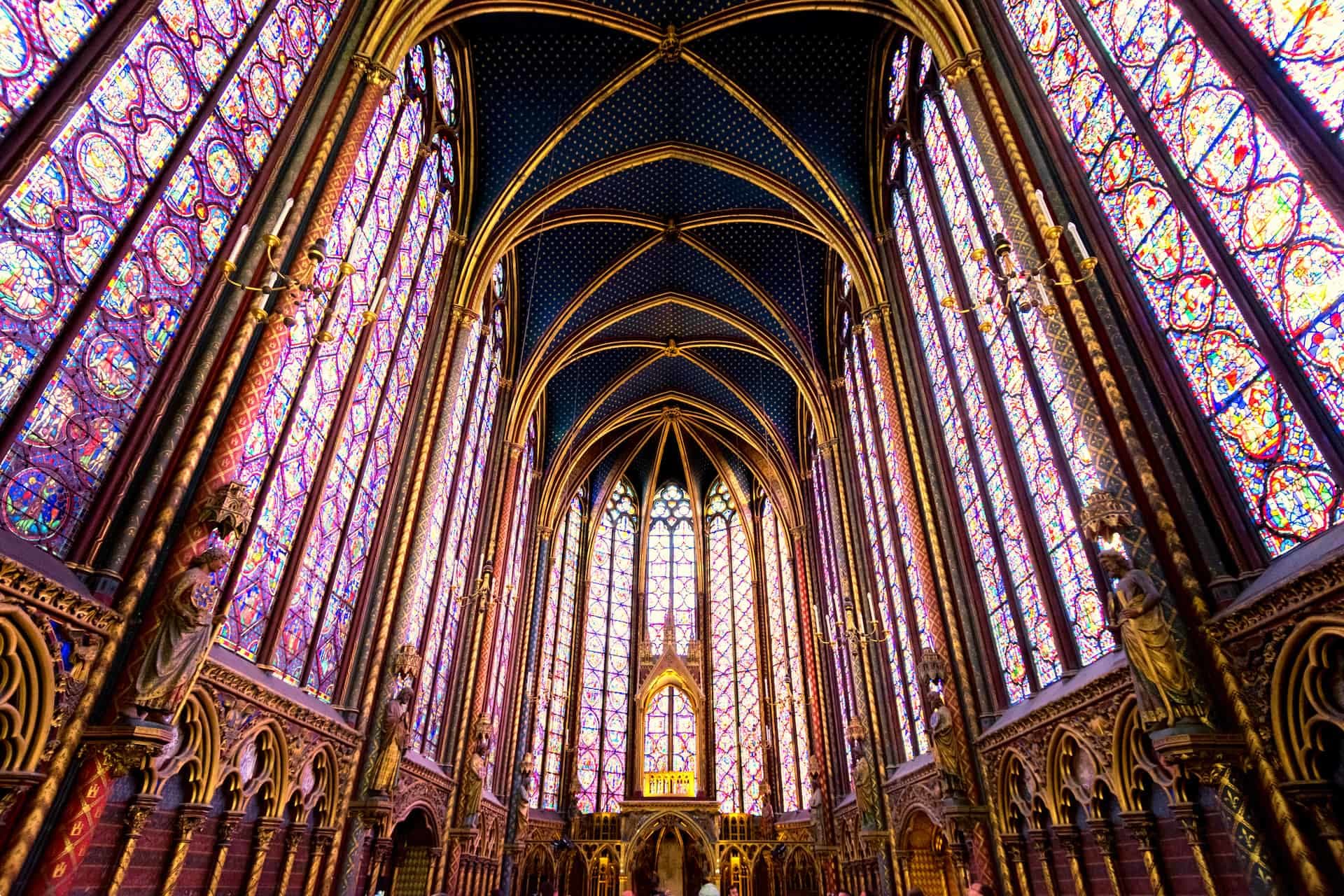
2e arrondissement:
Paris’s smallest arrondissement, the 2e is an important financial district home to the Paris stock exchange. But it’s not all business here: the 2e is also where you’ll find the majority of Paris’s charming 19th century shopping arcades.
3e arrondissement:
The third arrondissement is home to most of the neighbourhood of Le Marais. In the 17th century, the aristocracy’s Paris neighbourhood of choice, Le Marais fell on hard times after the French Revolution. In the 19th and early 20th centuries, the district became a major commercial hub and the home of Paris’s Jewish community.
The 1960s and 1970s saw this working-class district revitalised, and the grand palaces of the aristocracy restored to their old grandeur. Le Marais has since become an upmarket district and a major centre of art galleries in Paris, as well as the city’s main LGBT neighbourhood.
The Marais is home to several of Paris’s best museums, including the Musée Picasso, home to over five thousand of the great artist’s works, and the Musée Carnavalet, a fascinating museum devoted to the history of Paris.
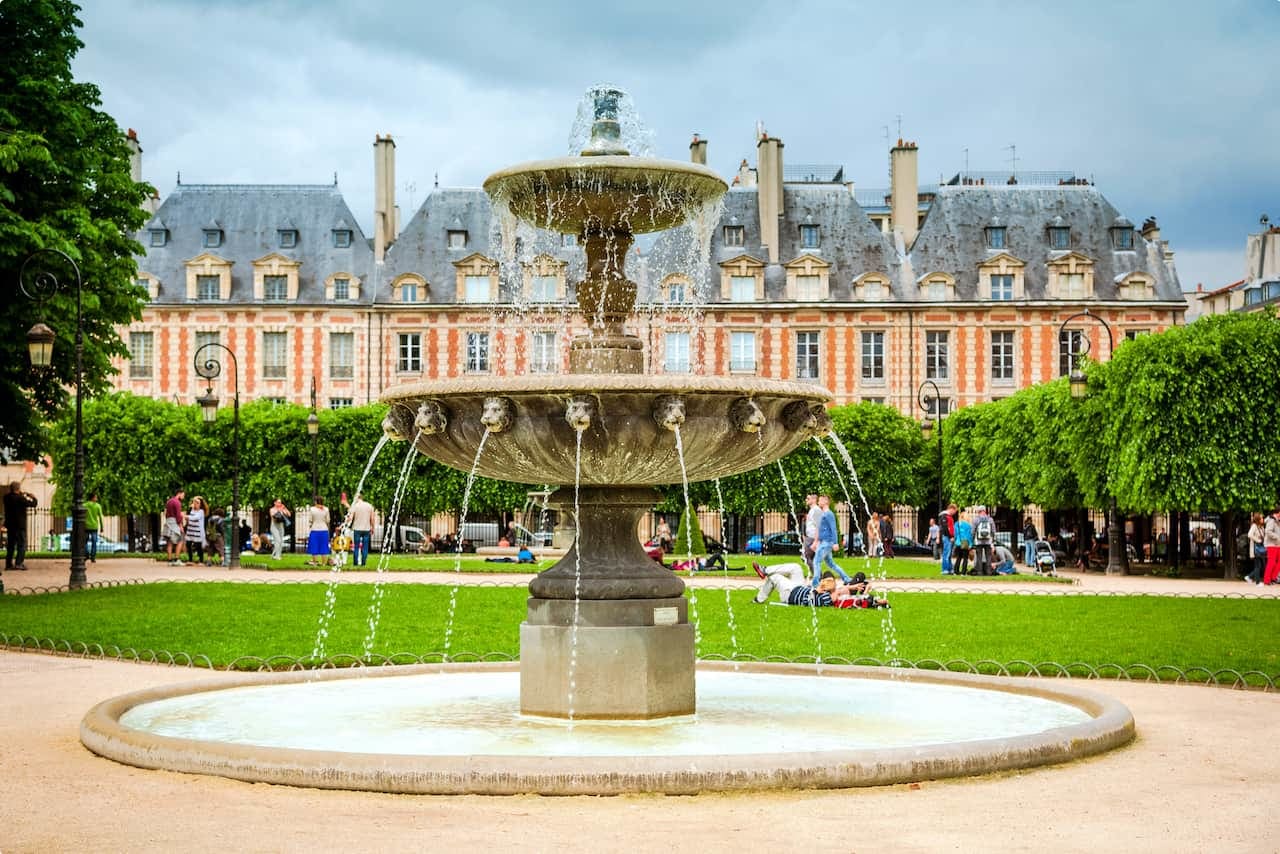
On the southern edge of the 3rd is the Place des Vosges. The first planned square in Paris, in the 17th and 18th centuries it was a fashionable residence for the nobility. In the 19th century, the writer Victor Hugo and his family lived in an apartment facing on to the square – which has since been converted to a museum exploring his works and career.
4e arrondissement:
As well as the southern end of the Marais, the 4e is home to many of Paris’s premier sites: the Gallery Pompidou, displaying modern and contemporary art in an once-divisive structure, and the iconic Notre Dame cathedral, on the eastern end of the Île de la Cité. Head to the Seine’s smaller island, the quaint Île St-Louis, for the legendary Berthillon ice cream.
5e arrondissement:
The first ‘left bank’ arrondissement, the student-dominated 5e is home to Paris’s famous Latin Quarter – which got its name in the Middle Ages, in reference to the students at the University of Paris (better known as La Sorbonne) who spoke Latin, rather than (then-vernacular) French.
Rue Mouffetard is home to a street market and a wealth of cafes and restaurants, while the 5e is famous for its fantastic bookstores, including the iconic Shakespeare and Company, which remains an institution for aspiring writers. The Latin Quarter is also home to the grand Panthéon, where France’s great writers and leaders are buried, including Voltaire, Jean-Jacques Rousseau, and Victor Hugo.
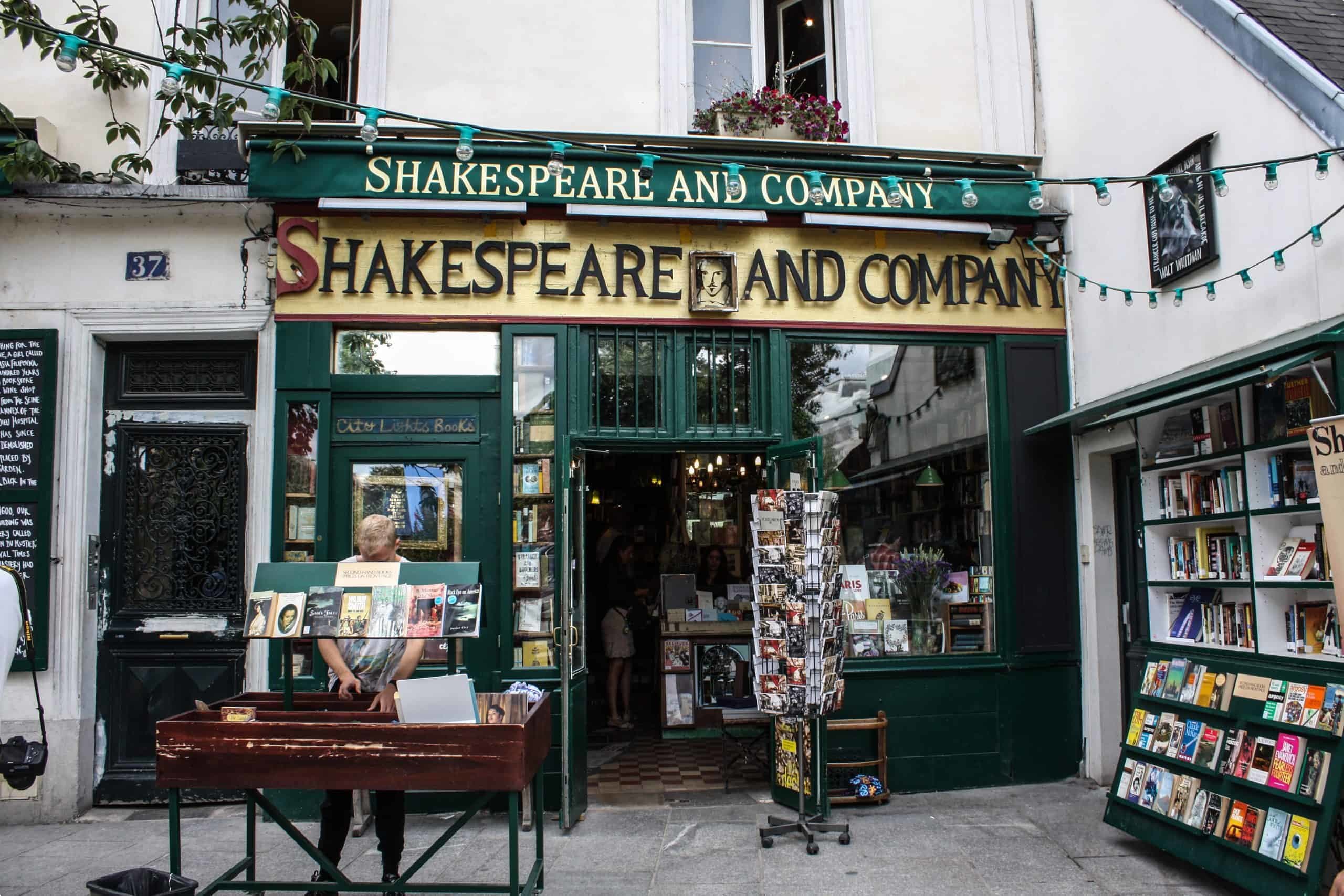
6e arrondissement:
The 6e is quintessential Paris. Head to the neighbourhood of Saint Germain, to see the iconic literary cafes (including Les Deux Magots and Cafe de Flore), where the great writers of the 1940s and 1950s – including Jean-Paul Sartre, Simone de Beauvoir, and Albert Camus – argued over coffee and cigarettes on pavement tables. The 6e is also a treat for history buffs, home to the abbey of Saint-Germain-des-Prés, the history of which dates back to the 6th century, and the Cordeliers district, notorious for its radicalism during the French Revolution.
7e arrondissement:
Primarily an upmarket residential neighbourhood, the 7e is home to a number of big tourist sights, including the Eiffel Tower. The district is also home to the Hôtel des Invalides, a set of military buildings including the tomb of Napoleon, the Musee d’Orsay, a showcase of impressionist art in a converted railway station, and the Musee Rodin, where the works of the great sculptor are displayed in a beautiful 18th century mansion and its rose-filled garden.
One of Paris’s most interesting recent developments is located in the 7e: the Musee du quai Branly – Jacques Chirac, a museum devoted to the indigienous arts of Africa, Asia, Oceania, and the Americas. The sensitive building designed by French architect Jean Nouvel, deliberately placed to appear lower than the surrounding buildings, is worth a visit alone.
8e arrondissement:
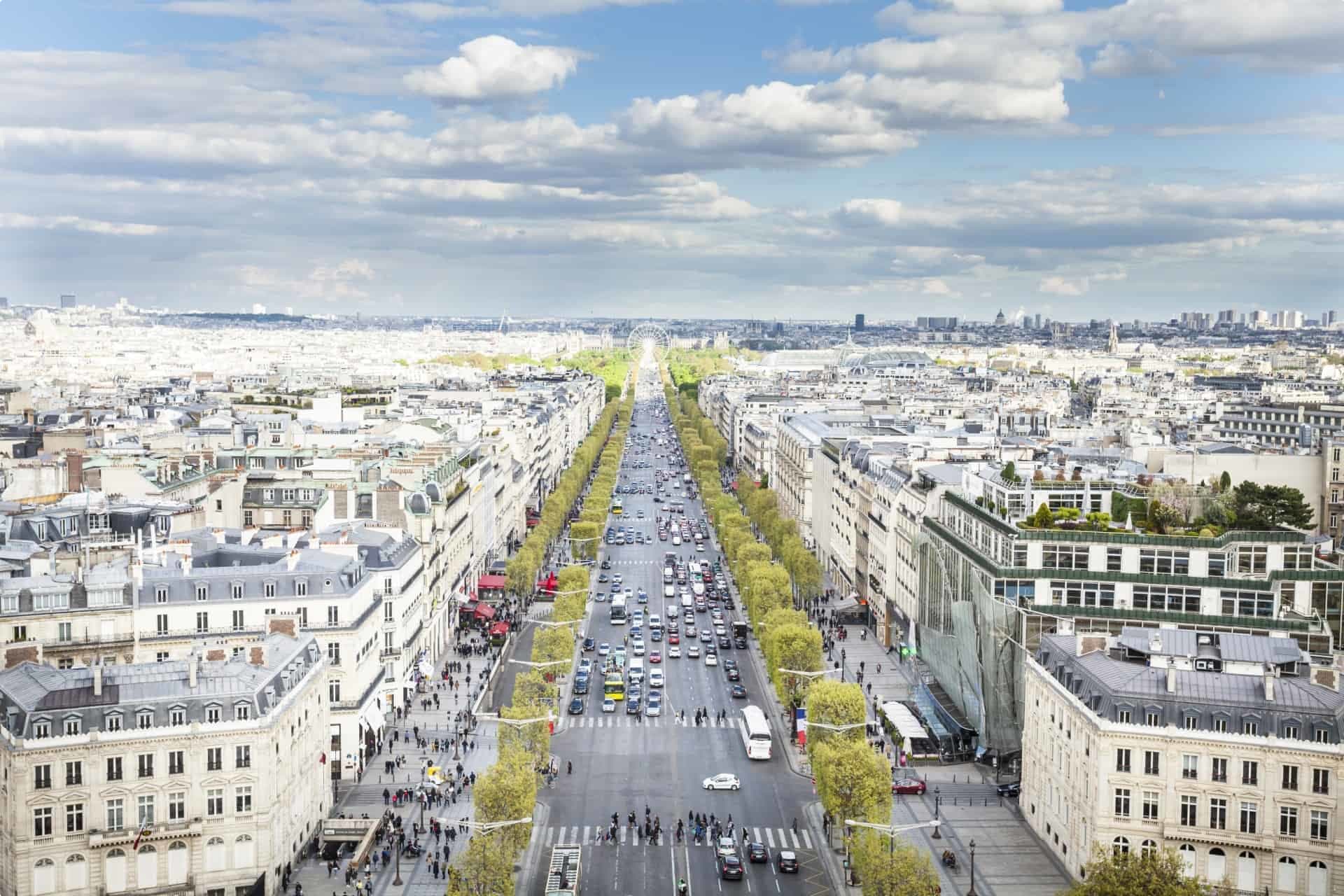
The 8e arrondissement is home to some of Paris’s biggest sites: the Avenue des Champs Elysees, the Arc de Triomphe, and the Place de la Concorde, where Louis XVI and Marie Antoinette, among others, were executed by guillotine during the French Revolution. The ‘Golden Triangle’, centred on the avenues Champs Elysees, George V and Montaigne is home to Paris’s most exclusive luxury brands, including Chanel, Dior, and Yves Saint Laurent.
9e arrondissement:
Home to two of Paris’s top department stores, the Galeries Lafayette and Le Printemps, the busy 9e is a treasure trove for fashion-lovers. The 9e is also home to the Palais Garnier, immortalised by Gaston Leroux in The Phantom of the Opera.
10e arrondissement:
With Paris’s two major railway stations, the Gare du Nord and the Gare de l’Est, the 10e is many visitors first impression of Paris. Once a bit run-down, the area around the iron-footbridge laced Canal Saint Martin has been revitalised.
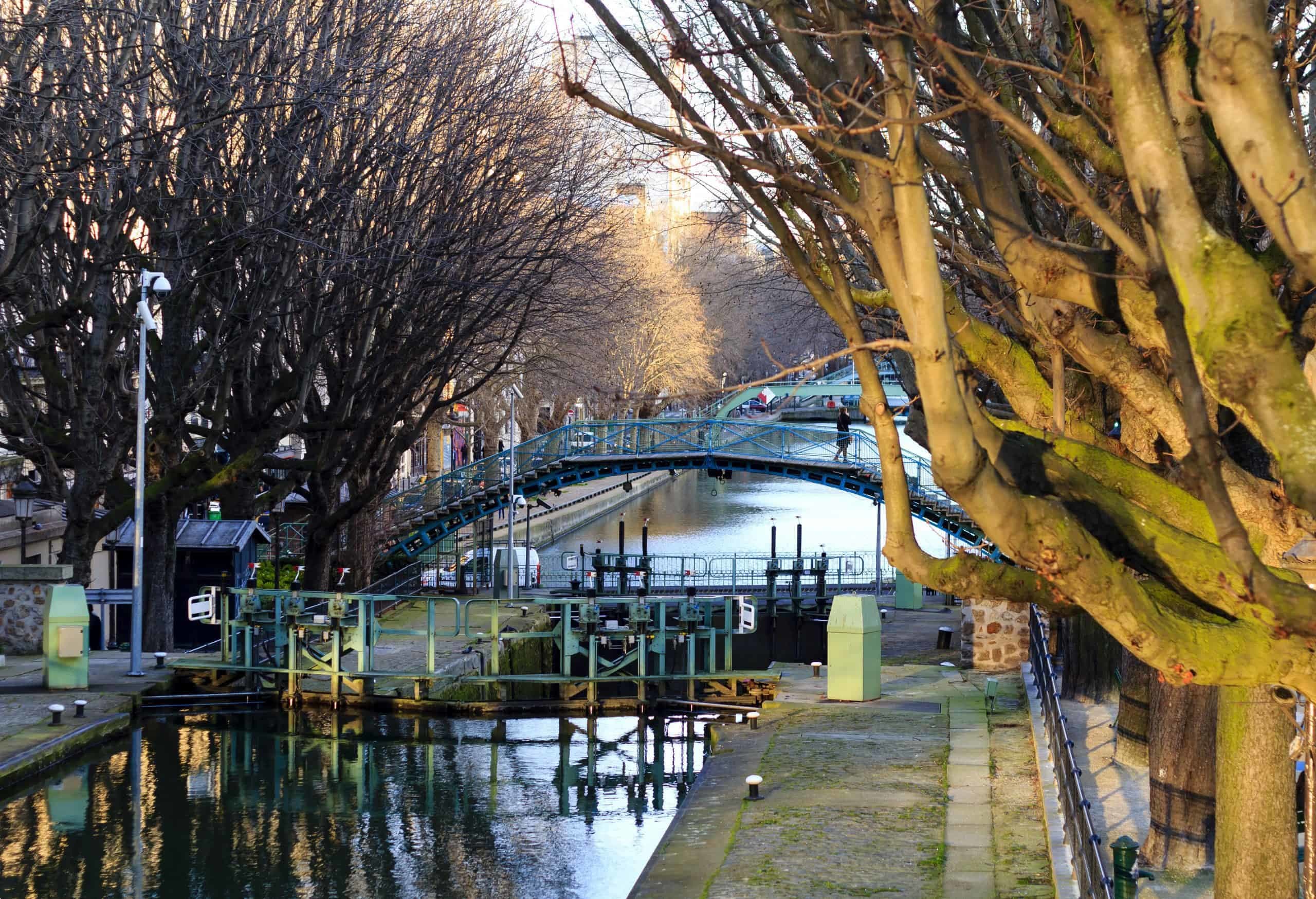
11e arrondissement:
Once the home of the furniture makers of Paris, the 11e has become contemporary Paris’s creative hub, home to graphic designers, coffee roasters and craft breweries, while Rue Oberkampf is the nightlife centre of Paris.
12e arrondissement:
Primarily a residential neighbourhood, the 12e has one major historical site: Place de la Bastille, where a riot on 14 July, 1789 started the French Revolution – and changed the world totally. However, the 12e is worth a visit to see a side of Paris generally reserved for locals, including the Promenade Plantee, a disused 19th century railway line converted into a tree-lined parkway, and a predecessor of New York’s High Line, and the Marche d’Aligre, a lively indoor market where locals stock up on fresh produce at budget prices.
13e arrondissement:
Make a day trip to the 13e – once again on the ‘left bank’ of the Seine River – to have your preconceptions of Paris shattered. Here the Hausmann boulevards are replaced with street art covered skyscrapers. The 13e is home to Paris’s largest Chinatown (a great spot for an off-the-beaten-track food tour), the University of Arts et Metiers, one of the most prestigious engineering universities in France, and the National Library, four skyscrapers designed to look like books and the most expensive project of Francois Mitterrand’s presidency.
For a break from the ultra-modernity of the 13e, make sure to visit the charming, Art Deco Butte Aux Cailles neighbourhood, beloved by locals yet little visited by tourists.
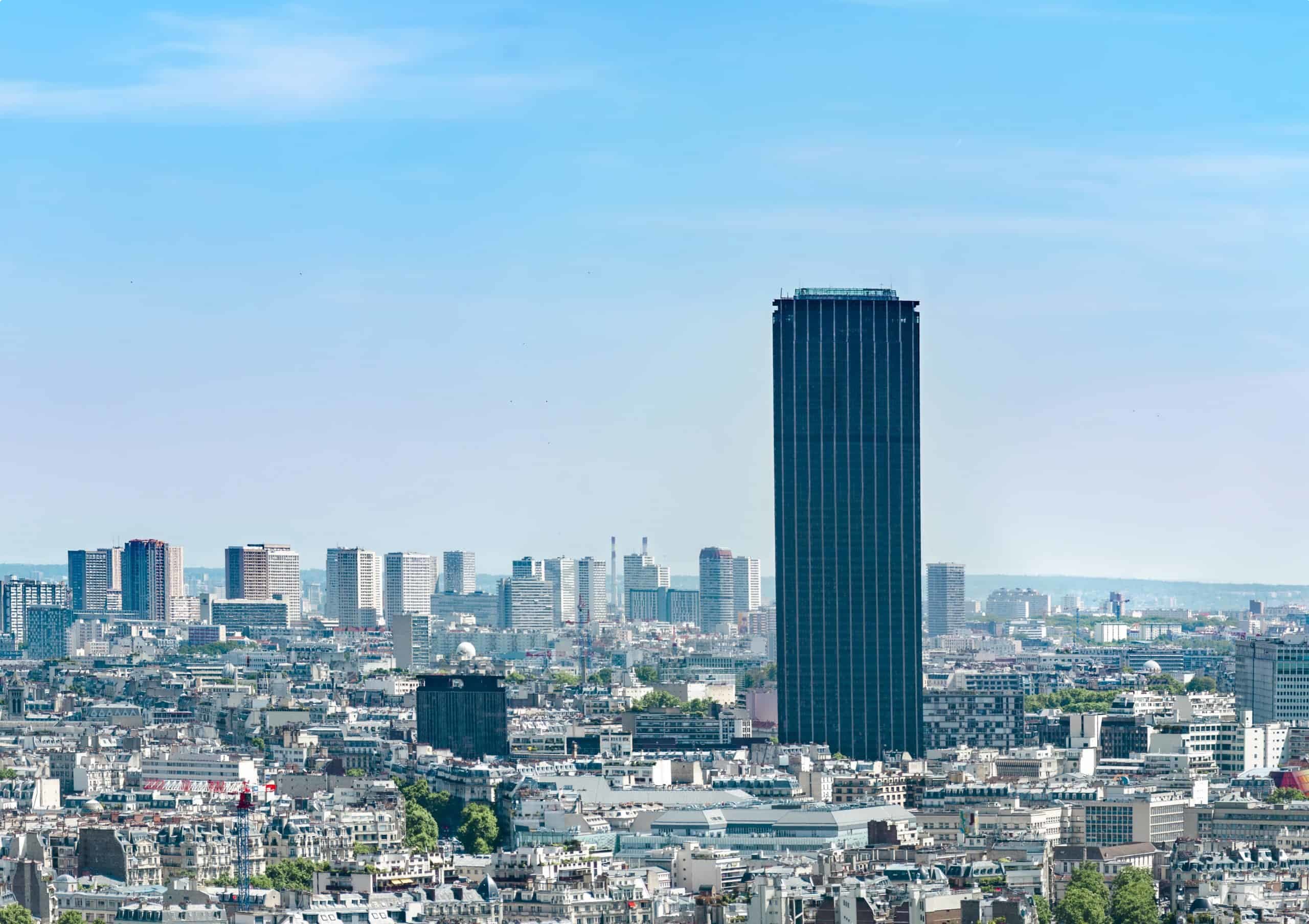
14e arrondissement:
In the 1920s, the 14e’s Montparnasse neighbourhood was a drawcard for artists and writers from around the world, including Pablo Picasso, Ernest Hemingway, and James Joyce. Today largely residential, the area’s big draw is Paris’s most macabre attraction, the underground skull-and-bone lined passageways of the Catacombs. Nearby is Place Denfert Rochereau, one of the largest and most important squares on the ‘left bank’ of the Seine.
15e arrondissement:
The most populous area of Paris, the 15e is a residential neighbourhood far from the sights of the typical sightseeing tour. Make a trip here to see how the typical Parisian lives, far from Notre-Dame Cathedral and the Eiffel Tower.
16e arrondissement:
A well-to-do neighbourhood on the Right Bank of the Seine, at least half the 16e consists of the tranquil woodlands of the Bois du Boulogne, a pretty place to explore on a walking or bike tour. The Museum Marmottan Monet, located in a converted hunting lodge, is one of Paris’s hidden gems: the largest collection of Monets in the world, with over 100 pieces, it also has masterpieces from other impressionists and post-impressionists, including Gauguin, Renoir, and Degas.
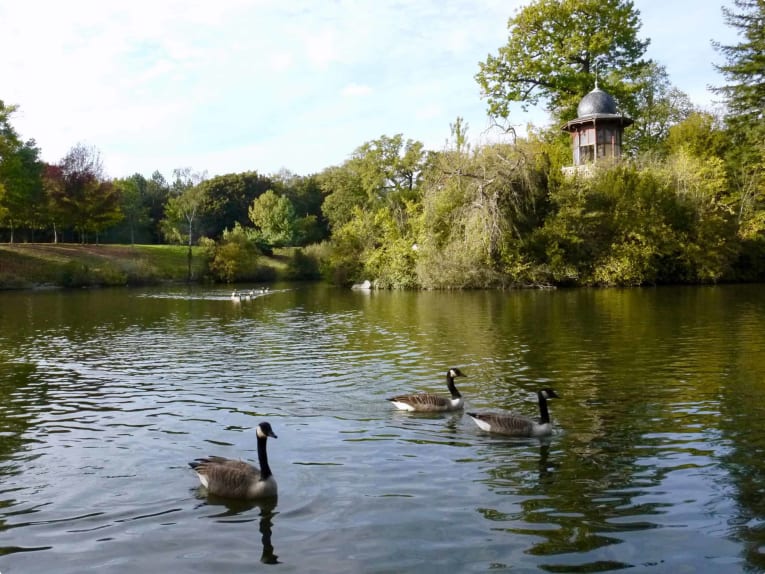
17e arrondissement:
Primarily residential, the 17e is filled with classic Hausmann boulevards and Parisian apartments. Visitors with an interest in environmental issues will be interested in the sustainable neighbourhood being built at Clichy-Batignolles.
18e arrondissement:
The 18e arrondissement is home to the iconic Montmartre neighbourhood, the haunt of artists and writers in the 19th century. Though touristy, the steep, ivy-clad streets of this village-like neighbourhood remain charming, and the hill-top Basilica of Sacre Coeur is the perfect spot for sweeping views of Paris. To the south, the Pigalle area was once Paris’s red light district, home to the Moulin Rouge.
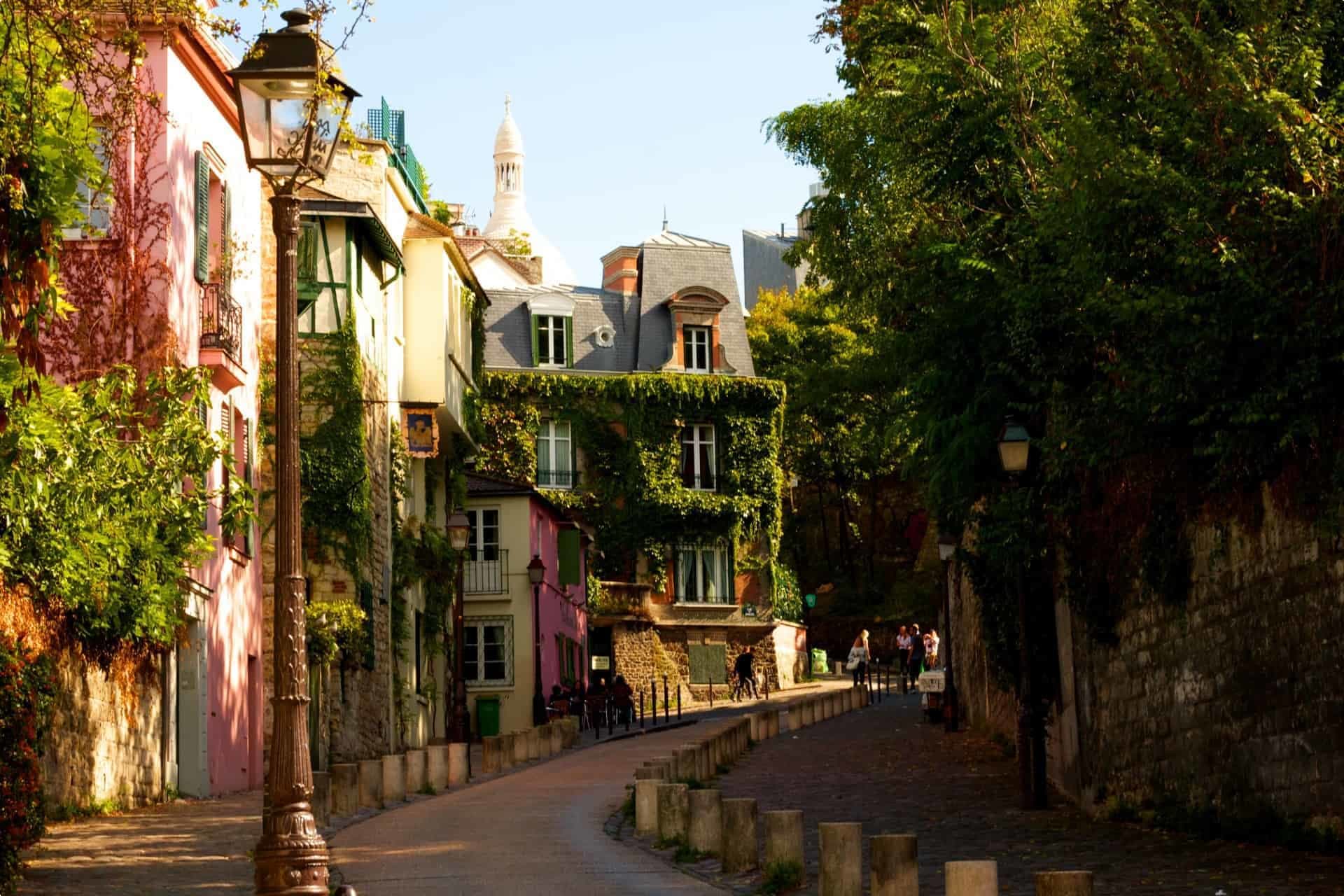
19e arrondissement:
On the edge of the city, the 19e was until recently a fairly gritty area, but cheaper rents are increasingly bringing young people to the area. The Parc des Buttes Chaumont is one of Paris’s prettiest parks, with waterfalls, cliffs, and an extensive lake.
20e arrondissement:
The major drawcard of the 20e arrondissement is the famous Père Lachaise Cemetery. The most visited cemetery in the world, tourists come to see the graves of the many famous artists who were buried here, including Jim Morrison, Oscar Wilde, and Marcel Proust. Outside of the cemetery, the 20e remains largely off the tourist trail, with a similar gentrifying vibe to the 19e. If you’re hankering for a flat white or an avocado toast, you’re most likely to find it in the 20th’s Belleville area.
Articles about France published by Odyssey Traveller
- Exploring France by rail some tips
- Ten of the best travel books on France
- Ten things to do in France when you visit
- Designing Paris
- Paris; leaders and landmarks
- Guillamot prevents the collapse of Paris
- The elegant arcades of Paris.
- Questions about France
- Studying Gargoyles and grotesques
- Around the world in six coffees
- Ten of the best French cookery books.
- Ten of the Best art galleries in Europe to visit
- A guide on France for mature travellers
- Loire Valley History
External articles to assist you plan your visit to France
Related Tours
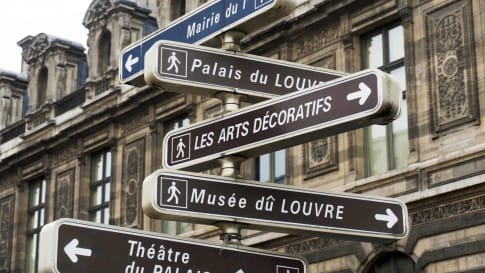
21 days
Mar, SepExplore Paris | 21-day Small Group Tour Exploring Parisian Life
Visiting France
On this small group tour of Paris, travellers take the time to join local guides to learn about the destinations within this city. Authentic experiences with like minded people and an Odyssey tour leader. Staying in apartments this European tour immerses itself in Paris' history, art, and culture in the city of light.
From A$15,325 AUD
View Tour
21 days
Apr, Sep, AugBarcelona Small Group Tour | The city explored in-depth
Visiting Spain
Small group journeys from one of the best small group tour companies Europe that delve into Barcelona's history, culture, and cuisine. Daily itineraries for couples and solo travellers with like minded people. An escorted tour of Barcelona based in an apartment with local guides sharing authentic experiences and knowledge.
From A$12,925 AUD
View Tour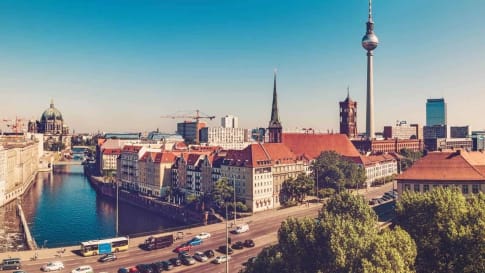
20 days
Apr, SepDiscovering Berlin Small Group Tour | 20 days living in Berlin
Visiting Germany
Experience Berlin while living there for almost three weeks in an apartment. From one of the best small group tour companies for Europe enjoy an escorted tour learning about the city's history and experiencing it like a Berliner. This holiday is for like minded people, mature couples or solo travelers who enjoy getting off the beaten track and exploring with some adventure.
From A$12,795 AUD
View TourArticles
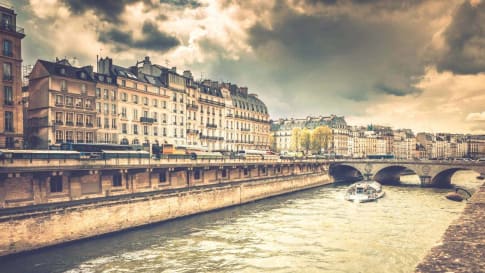
Designing Paris: The Definitive Guide for Travellers
Redesigning Paris The Paris that many of us know and love did not always look as it does now. When Napoleon III instructed Hausmann to tear down the urban centre to make way for the…

Getting around Paris by Métro and Rail: A guide for seniors
Ride the metro and RER of Paris when on a small group tour for mature and senior travellers in Europe and visiting Paris, wth your partner or as a solo traveller, visit Marmottan, Musee Maillol or wander through the arcades.

Guillaumot prevents Paris collapse
Guillaumot prevents Paris collapse. Modern-day Paris On April 24, 1777, architect Charles-Axel Guillaumot, newly minted Inspector of Quarries, experienced the worst first day at work. More than two years prior, in the afternoon of December…
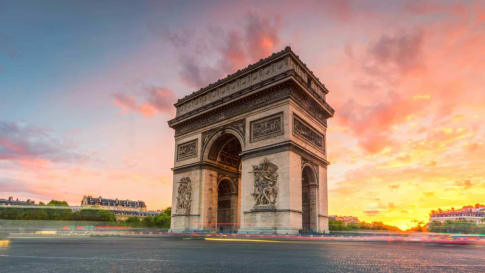
Paris Leaders & Landmarks
Paris Leaders & Landmarks The inhabitants of a place surely influence how it is perceived. Parisian politicians have certainly left their marks on some of France’s most famous landmarks, creating some amazing stories for…
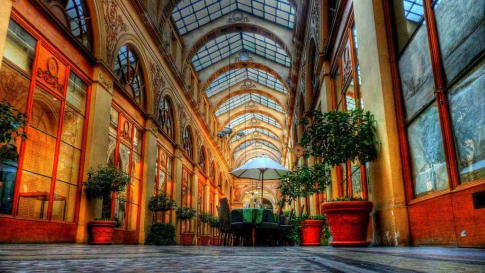
The Elegant Arcades of Paris
The Elegant Arcades of Paris Part of the pleasure of getting to know the real Paris lies in getting off the main tourist trail and discovering its many hidden pockets and secrets. Its gorgeous arcades…

Writers of Paris, France
Paris, attracts the artists and writers. From Monet to Picasso, or Hemingway to Dumas. Our escorted small group tours of Paris and France explore the literary past of this magnificent city.


